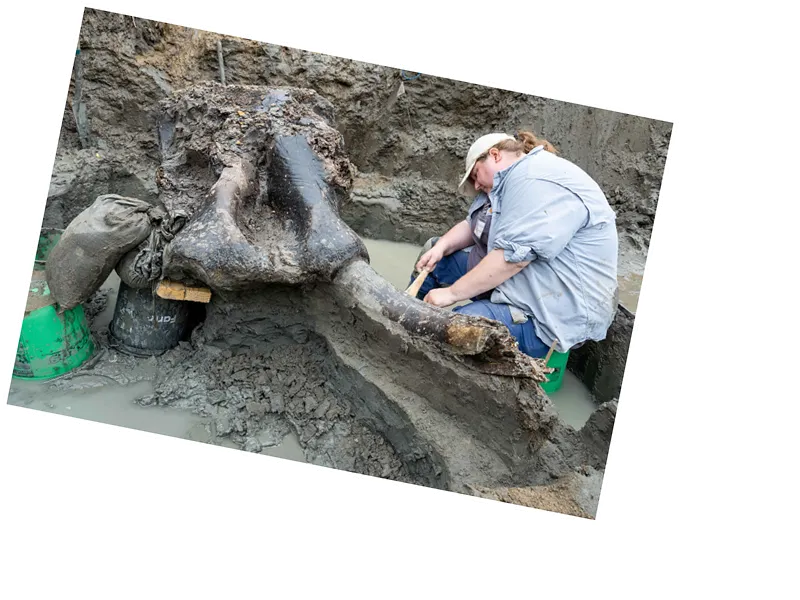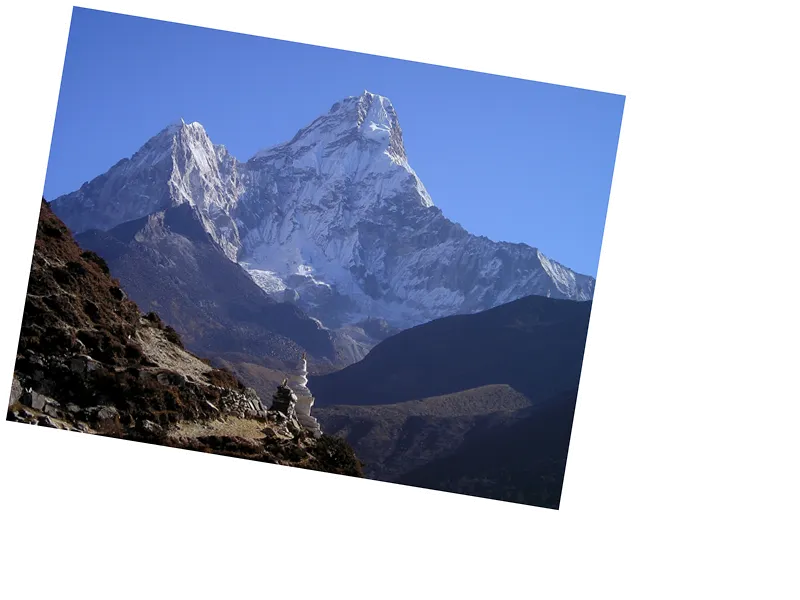Discovery of Ancient Mastodon Fossils in Peru
Paleontologists have made a groundbreaking discovery in the Andes Mountains, unearthing three fossils of a mastodon, a colossal creature that roamed the Earth over 13,000 years ago during the last Ice Age. This exciting find took place near Champara, approximately 300 kilometers east of Lima, Peru, and has sparked significant interest in understanding how these massive animals adapted to their challenging environments. One of the specimens is notably well-preserved, making it the most complete mastodon fossil ever found in Peru.
The mastodon, closely related to the extinct mammoth, was a large, elephant-like creature covered in thick fur. Unlike mammoths, mastodons are characterized by their flat heads and straight tusks, as highlighted by the University of Iowa, which led the excavation. Researchers are continuing their work at the site, which spans about one hectare, hoping to uncover more fossils that could provide further insights into the lives of these ancient giants.
Insights into the Pleistocene Epoch
The Pleistocene epoch, known as the last Ice Age, lasted until about 11,700 years ago and was marked by dramatic climate changes and the presence of large mammals, including mastodons and saber-toothed tigers. This period saw the formation of thick ice sheets across continents, which influenced the migration patterns of various species, including early humans. The recent findings in Peru suggest that mastodons migrated southward in search of food and water, adapting to the harsh conditions of their time.
As the Ice Age drew to a close, significant environmental changes occurred, leading to the formation of lakes in the mountainous regions, such as the Mantaro Valley at an altitude of 3,300 meters. This area became a crucial habitat for many species, providing essential resources despite the rugged terrain. The ongoing research into these mastodon fossils promises to shed light on the survival strategies of these magnificent creatures during one of Earth's most turbulent climatic periods.





